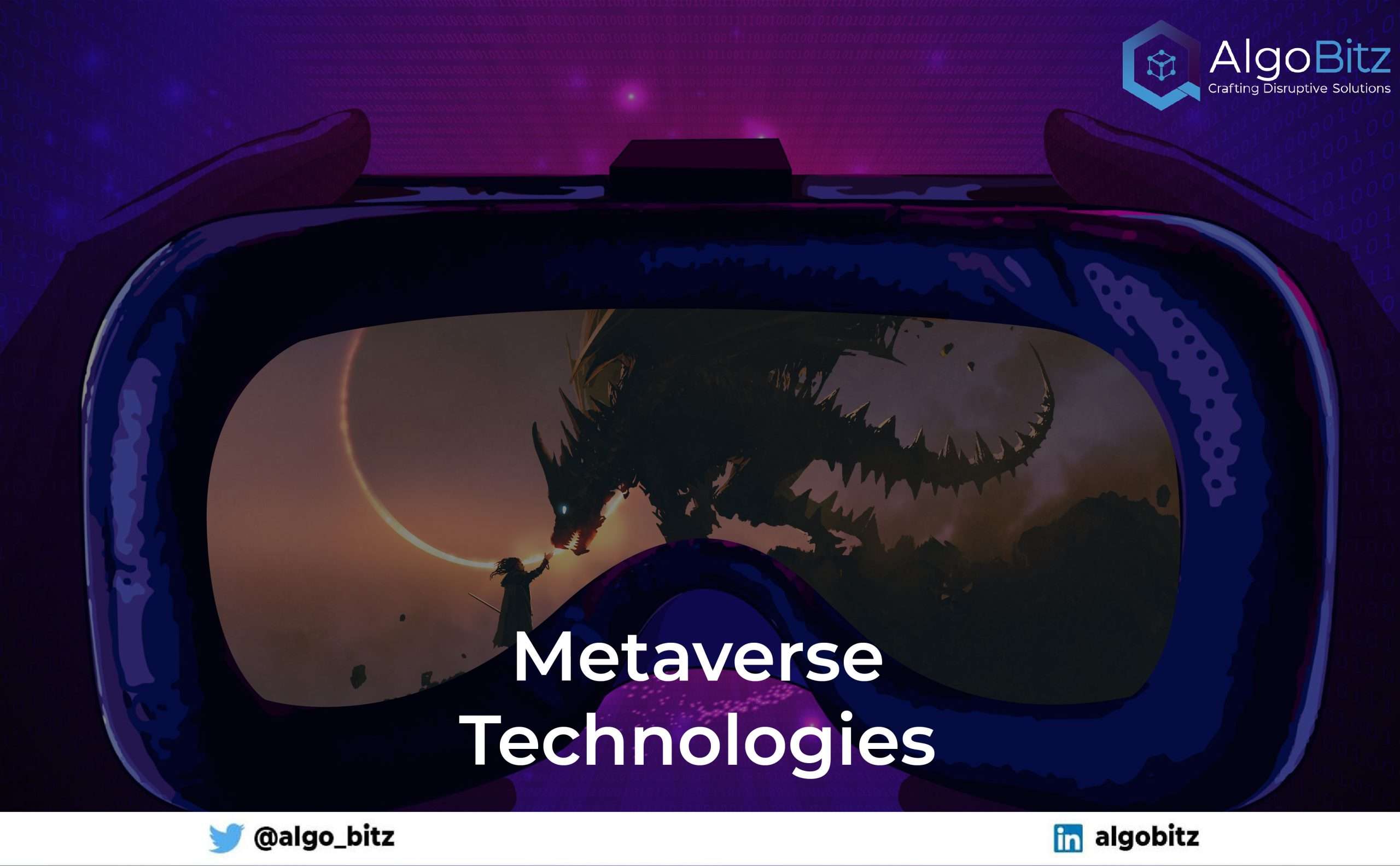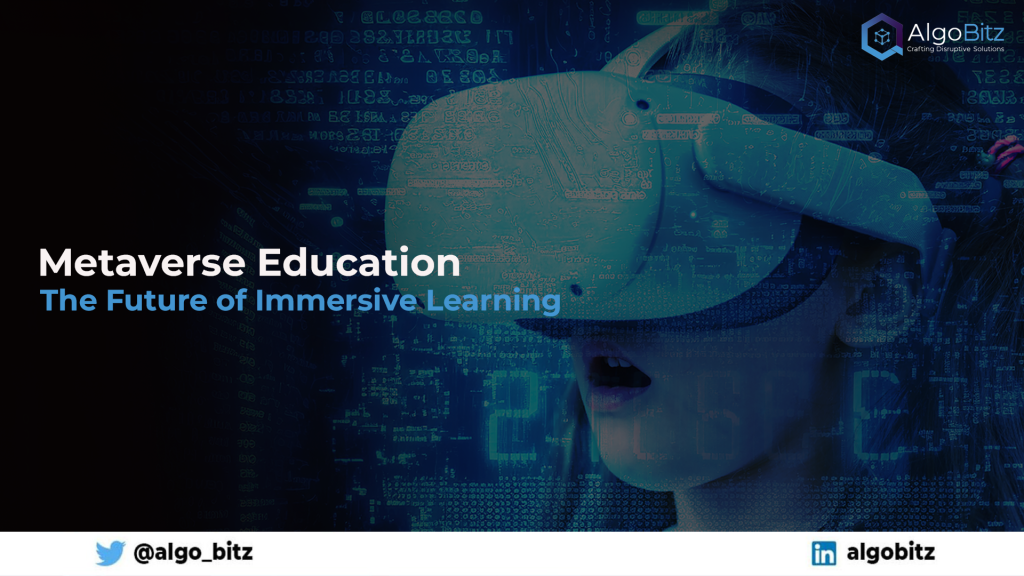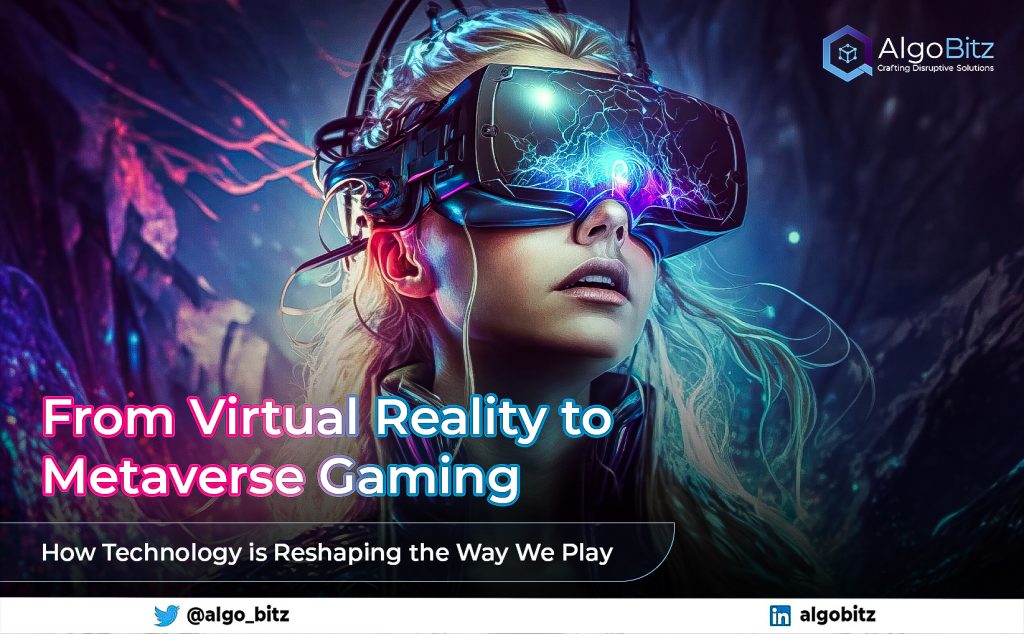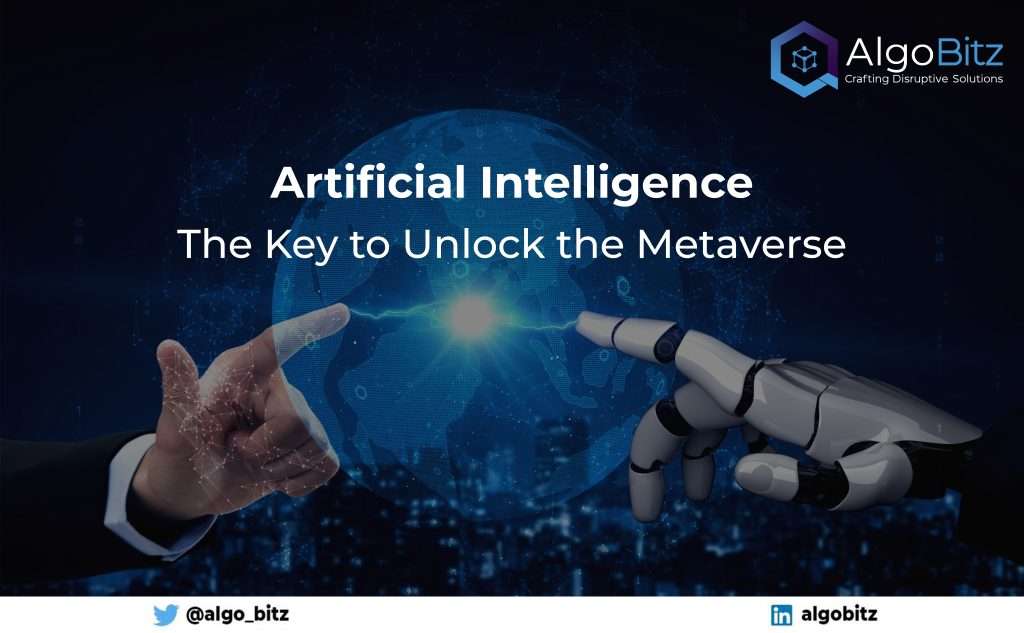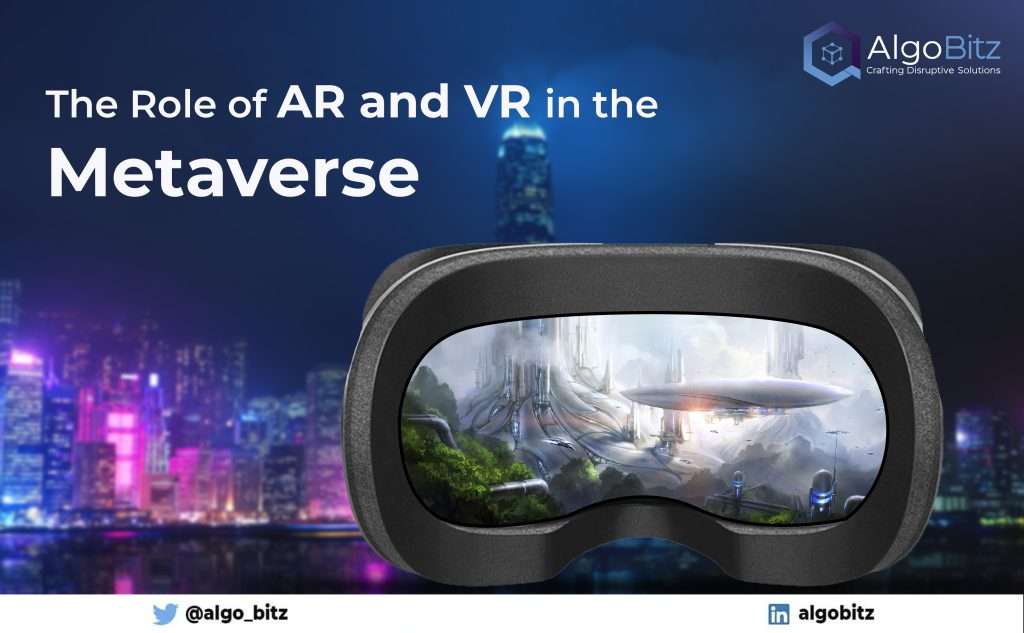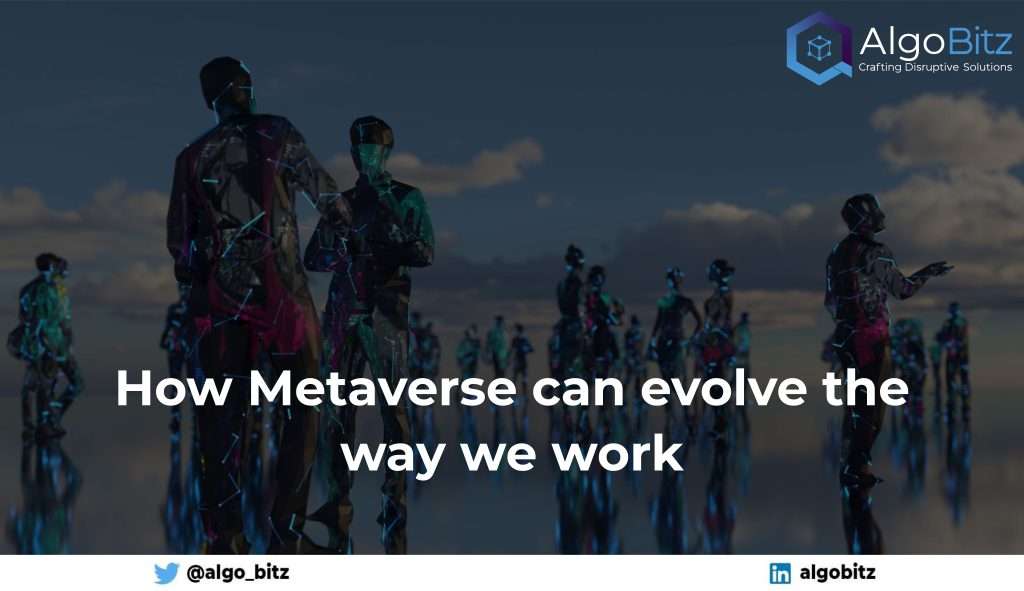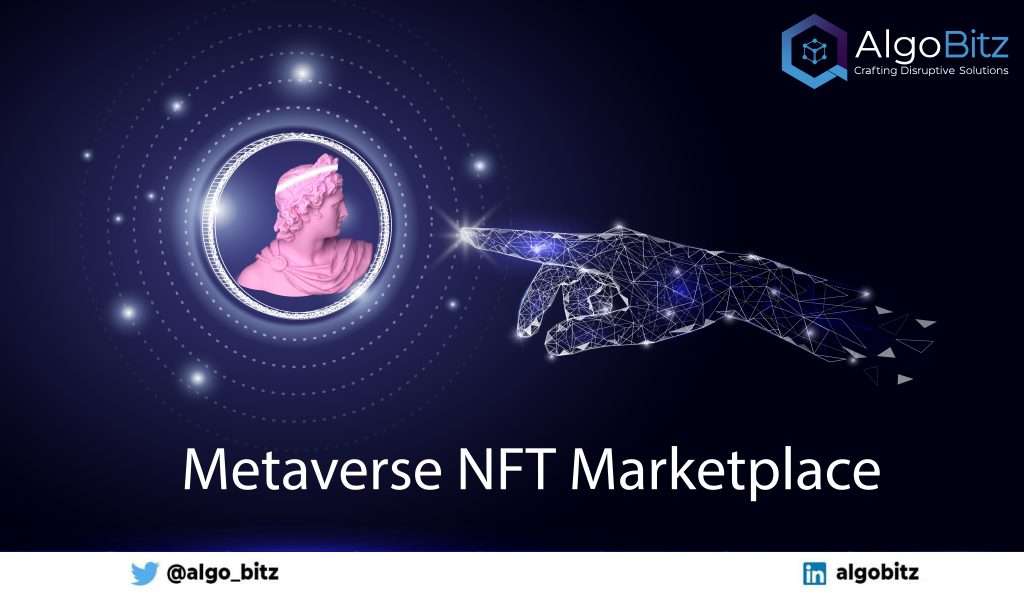The metaverse is a virtual environment where users can connect with each other to socialize, communicate, educate, play, work, and trade. More and more people are starting to show their interest and engagement in the metaverse. Due to this tide, its reputation is rising dramatically every day. Businesses are investing money and resources to take advantage of this expanding market space. As a result, it is becoming more and more popular with time. The next phase of connecting the physical and virtual realities is offered by metaverse technologies. Also, many unique opportunities and interesting business models will come to light through advancing metaverse technologies. As per Gartner, 25% of the global population will be spending their time in a metaverse at least once a day by 2026 for socializing, working, educating, retail, and leisure.
Metaverse Technologies: The Major Components
The metaverse is a reality now, but only because of various technological advancements. We will now walk you through the core technologies that run the metaverse.
1. Blockchain
Every transaction is transparent and decentralized in the blockchain ecosystem. It is in control of ownership, governance, interoperability, and security. Blockchain technology also makes it possible to own digital assets like money, securities, and artworks in a virtual space. For example, you might use a smart contract on the blockchain to confirm your ownership of a digital asset in the metaverse, such as a character, costume, weapons, property, artwork, piece of music, and so on, ensuring that no one else can claim ownership of it in the metaverse or on the blockchain.
A metaverse world lacking blockchain would also fall short of user demands due to the severe limitations of centralized systems. The metaverse differs from the present internet space due to blockchain’s capacity to act as a worldwide decentralized digital source. Furthermore, the blockchain-based metaverse will connect users to any virtual world without the need for a centralized body’s interference. This implies that a person from one nation can access the metaverse scene in another.
2. Cryptocurrency
Cryptocurrency is one of the most important technologies in the metaverse. The existing metaverse marketplaces commonly permit people to use cryptocurrencies to own and trade digital assets. Simply put, users must utilize cryptocurrency to transact in the metaverse. It is used to buy NFTs, virtual real estate, and in-game stuff. To be rewarded with cryptos, users from all over the world strive to excel in the metaverse. Blockchain-based NFTs and cryptocurrencies will create an infrastructure for developing, regulating, and commercializing decentralized virtual assets in the metaverse economy.
3. Augmented reality (AR) and Virtual Reality (VR)
Augmented Reality and Virtual Reality are the portals to the metaverse, although they differ significantly. VR is a pre-programmed virtual world that users may enter via VR-enabled eyewear and headsets. VR makes it possible for users to view programmed 3D simulations. However, it cannot deliver physical simulations, which are an essential component of the metaverse. Here, augmented reality takes over.
AR exposes users to and provides them with dynamic digital visuals of their environment. By allowing users to create physical simulations, it broadens the reach of the metaverse by allowing users to really experience the world. As a result, users can interact with the virtual metaverse literally by hearing, feeling, and engaging with it. AR and VR engines are critical in making the metaverse an exciting virtual experience. Experts predict that the fusion of VR and AR capabilities will deliver more realistic, immersive, and appealing three-dimensional settings for the metaverse and attract major investments from several global corporations.
4. Artificial Intelligence (AI)
Artificial intelligence (AI) is an advancing technology with many technical minds working on it globally. Using machine learning techniques, AI can efficiently analyze the massive amounts of data that the metaverse will generate. Artificial intelligence seems to touch all aspects of our life now. Artificial intelligence is used in everything from Siri and Alexa to advanced image recognition techniques in cameras, and even smart air conditioners. Therefore, it makes sense that the metaverse would incorporate AI to enhance its performance.
In the current metaverses, AI controls NPCs (non-player or non-playable characters). Nearly all games have NPCs, and they typically react to player activities. AI can further enhance the responses and behaviors of NPCs to simulate the real-world responses of characters. NPCs can perform a variety of tasks independently and in a variety of languages. Hence, we can also use AI’s processing potential to distribute NPCs across all metaverse spaces and enhance the user experience.
Another notable application of AI in the metaverse is the creation of avatars. AI engines can evaluate 2D and 3D photos to create avatars that are more realistic and authentic. AI can also improve facial animations, hairstyles, outfits, and characteristics to enhance the visual appeal of the avatars. Artificial intelligence significantly contributes to the holistic element of every process in the metaverse. That covers strategic planning, decision-making, quick computing, and a robust user interface. AI algorithms can also utilize old data to generate distinct outputs and insights within the metaverse.
5. 3D Reconstruction
3D reconstruction is a well-established technique that is commonly applied in the real estate and entertainment sectors. Real-world physical things and places can be rendered into virtual space using 3D cameras and photo-realistic models. Because prospective buyers weren’t able to reach stores or venues in person during the global lockdown, the use of 3D reconstruction dramatically increased. As a result, some businesses have turned to 3D reconstruction technology to provide virtual tours of things, locations, and showrooms. It was only natural that such innovations would seep into the metaverse.
It should come as no surprise that 3D reconstruction plays a significant role in turning the metaverse into a reality as the concept of the metaverse primarily revolves around a 3D simulated space. One of the Metaverse’s fundamental problems is creating an environment closely resembling the actual world. 3D reconstruction aids in the creation of authentic and realistic representations for the users. It uses specialized 3D cameras and other reconstruction technologies to generate realistic 3D visuals and models of structures, items, and features. Data acquired using 3D cameras and 4K images are then processed by computers to create life-like stimulations for usage in the metaverse.
6. Internet of Things (IoT)
The term “Internet of Things” (IoT) primarily describes a system that uses sensors and other devices to link every component of our physical environment to the internet. Once we link them, these devices will have a distinctive identity and the capacity to send and receive data automatically. The growth of products like voice-activated speakers, smart thermostats, fitness trackers, and intelligent medical equipment is the most tangible example of the IoT notion. They gather data via machine language, evaluate it autonomously, and execute commands.
IoT has huge benefits in the metaverse. IoT devices can collect data and relay it to the metaverse, so the metaverse can precisely adapt to real-life situations. For example, meteorological data acquired by IoT can enhance the metaverse in adjusting its surroundings. Another advantage of IoT is that it can interconnect the virtual worlds to numerous actual-world objects, to transmit real-time simulations to the metaverse. IoT may also leverage AI and machine learning techniques to develop and enhance the metaverse world by managing the gathered data.
7. Edge Computing
Edge computing, which is widely practiced in the commercial domain, offers quicker data transmission with fewer latencies, leading to finer experiences. Now, computers are capable of handling powerful simulations with accuracy. Moreover, avoiding latency and ensuring that users have a realistic and lag-free gaming experience, are the main reasons why metaverse is feasible.
8. 5G Network
Access to 5G networks is another crucial component. Earlier, there was slow processing and data transmission speed caused by the absence of strong internet connectivity. People were frequently experiencing network troubles when using the metaverse. But they can now enjoy the metaverse without any latency, thanks to 5G and its availability at affordable prices.
Concluding Thoughts
The Metaverse is still in its early stages of development. Techs are exploring techniques and evaluating various technologies to create solutions that will offer the world more appealing and sustainable metaverse initiatives. Many technological innovations, as predicted by prominent tech visionaries, will fuel the metaverse in the future. This will create a variety of prolific use cases that will boost the metaverse’s potential to give real-life capabilities. To summarize, the metaverse will have a huge impact on the future and bring incredible potential to businesses and regular consumers.
If you want to create a decentralized metaverse project or a virtual environment that can be included in the metaverse, get in touch with our experts. We would be pleased to go through the specifics of your project. Please contact our metaverse specialists to begin the discussion.


